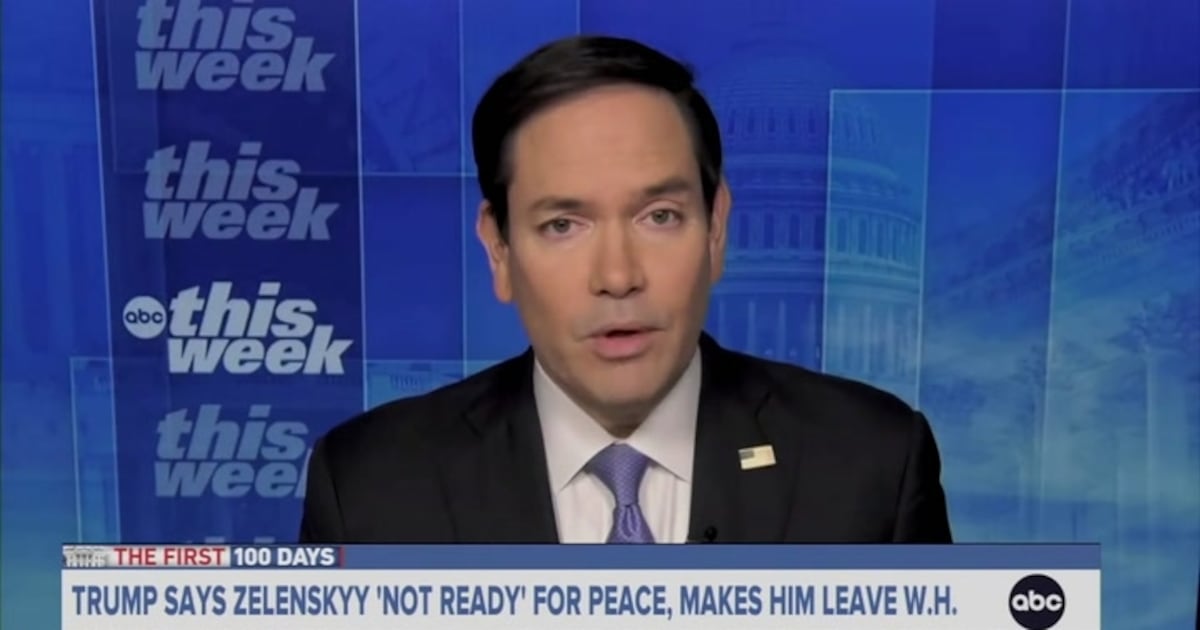It was strange watching the Reelz documentary, Princess Diana: Behind Closed Doors, and then later, Princess Diana’s Death: Mystery Solved. Because, despite the salacious promise of both program titles, neither documentary told us anything about the story of Diana, princess of Wales, that we didn’t already know.
Rather, Reelz’s Diana documentaries told us everything we did know all over again: the fairytale that never was, but still existed as a fairytale anyway, and all the amazing outfits along the way. They premiered in the week the princess would have turned 55.
We continue to gawp at Diana now because of her magnetism, beauty, and charisma—and because she died very young, and very horribly. The Reelz documentaries tell us nothing new, but the familiarity of the Diana story does not dull it.
Diana died, aged 36, in 1997, almost 20 years ago, but fascination with her hasn’t dimmed, along with the archetype-drenched soapiness of her life—the princess who got her prince, except she hadn’t because he was in love with someone else. Every familiar chapter unfolded by rote: the unhappiness, the self-harm, the eating disorders behind closed walls, the infidelities, the minting of Diana as a doer of good, and good deeds—particularly challenging the engrained stigma of HIV and AIDS.

We just can’t quit Princess Diana, and perhaps it’s because her story had such a bad end, the ending no fairytale should have, that it bears retelling over and over again. Maybe it’s because she was pretty, and wore pretty dresses. Or maybe it just makes for ghoulish soap opera, this repeated recitation of the tale of the princess who rebelled, only to be cheated of her new life, post-liberation from the royal family, by dying in a car crash in speedy retreat from the paparazzi who had long plagued her life.
Not long after that happened, the reaction to Diana’s death was mocked or interrogated with an arched eyebrow—this overwhelming outpouring of sobbing national grief. It wasn’t deemed to be “British.” Why were people so affected by Diana’s death, commentators asked, baffled.
The answer was simpler than all the anguished column inches: Diana connected with people.
The Reelz documentaries, revelation-free as they might have been, revealed this neatly: she was the renegade in the royal soap opera, the princess who didn’t play by the old rules of silence and deference. She was an active, joyful parent to her children, not the distant figure the queen had been for Prince Charles. She was fun and empathetic, an antidote and a threat to established royal order.
Watching her story retold yet again by Reelz, you were struck that, as it has been crafted and packaged, it is the perfect modern fairytale, with a final chapter feminist kicker, which sees the newly divorced princess strike out on her own, pursuing her favorite charity work, while also pursuing a new romantic life. And then, the trip to Paris, and then the car crash.
Watching the story told again and again, you not only think there was nobody like her, no royal as boundary-breaking before or since; but also that her stardom was unlike any other celebrity’s. This was pre-mass internet, pre-selfie, pre-Twitter, yet all commanding and global. Nothing could dent it, no scandal could derail it.
Diana, the first royal to truly understand and court pop culture, knew how to insert herself into the headlines—most memorably when, on the night Charles was confessing his adultery with Camilla Parker Bowles, Diana stepped out in a stunning Christina Stambolian black cocktail dress—putting her beauty alongside his degrading scandal the very next day on all the front pages.
If the people loved her passionately, and mourned her loudly, it was because she was the best kind of figurehead: passionate, feeling, and brave.
Diana both changed the rules of the royal game, and recast the power and peril of celebrity. Her life and death were played out in the infancy of things—24-hour news, social media—which would, perhaps at another time, consumed her time, energy, and private and public personality in a different way. She lived on the cusp of old and new-style fame models, and she was mourned like a classic Hollywood star, and princess, and heroine.
Diana’s redrawing of the royal-public relationship didn’t end with her death. We continue to remember her because her children, Prince William and Prince Harry, themselves have become tabloid and internet fixtures. They, like their mother, connect well with the public, and do many good works. Both seem at least fairly normal.
William’s wife Kate Middleton wears her mother-in-law’s engagement ring, and she has inherited the mantle of royal fashion plate, as conferred by the press. She’s also inherited all the long lenses, and all the extra internet traffic and comment Diana was spared.
One of his mother’s greatest legacies is sourced in her suffering, and the circumstances of her death: Prince William is protective of his family in relation to the media to no small extent because of what his mother endured. He wants better and different for his wife and children.
Diana will always be with us because her legacy is the living, breathing future of the royal family, and the wider legacy of her celebrity—the glamour, the suffering, the confessional, the post-divorce liberation, the tragedy—is inscribed across all our chat shows and social media—its own weird, diffused fairytale.
We’ll never stop looking at Diana, or talking about her, or asking about her: for all those images and words written about her, she was a mystery. The media, quite simply, will never let her celebrity die, and she will never rest in peace.






